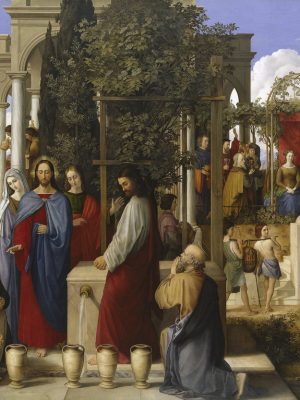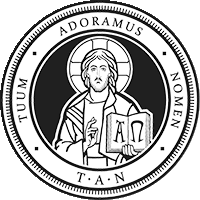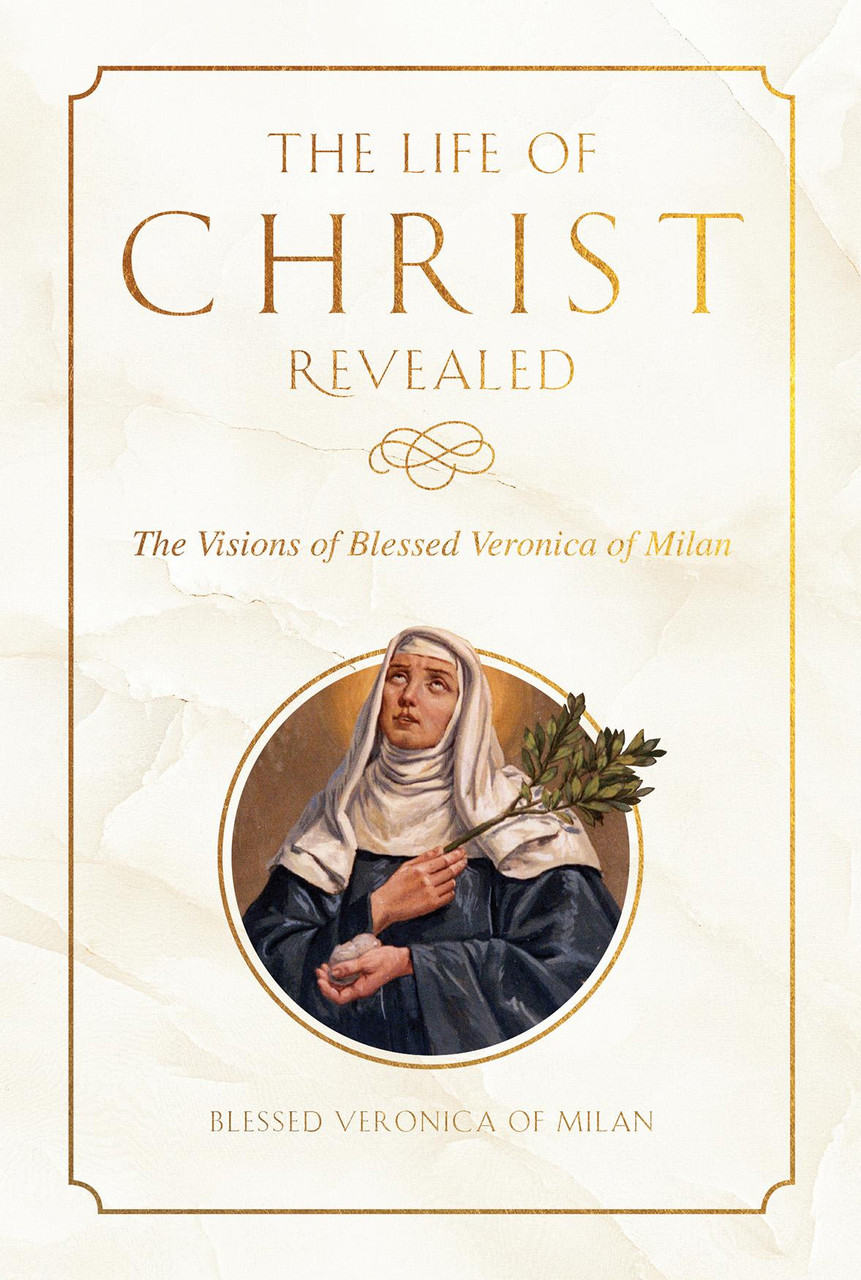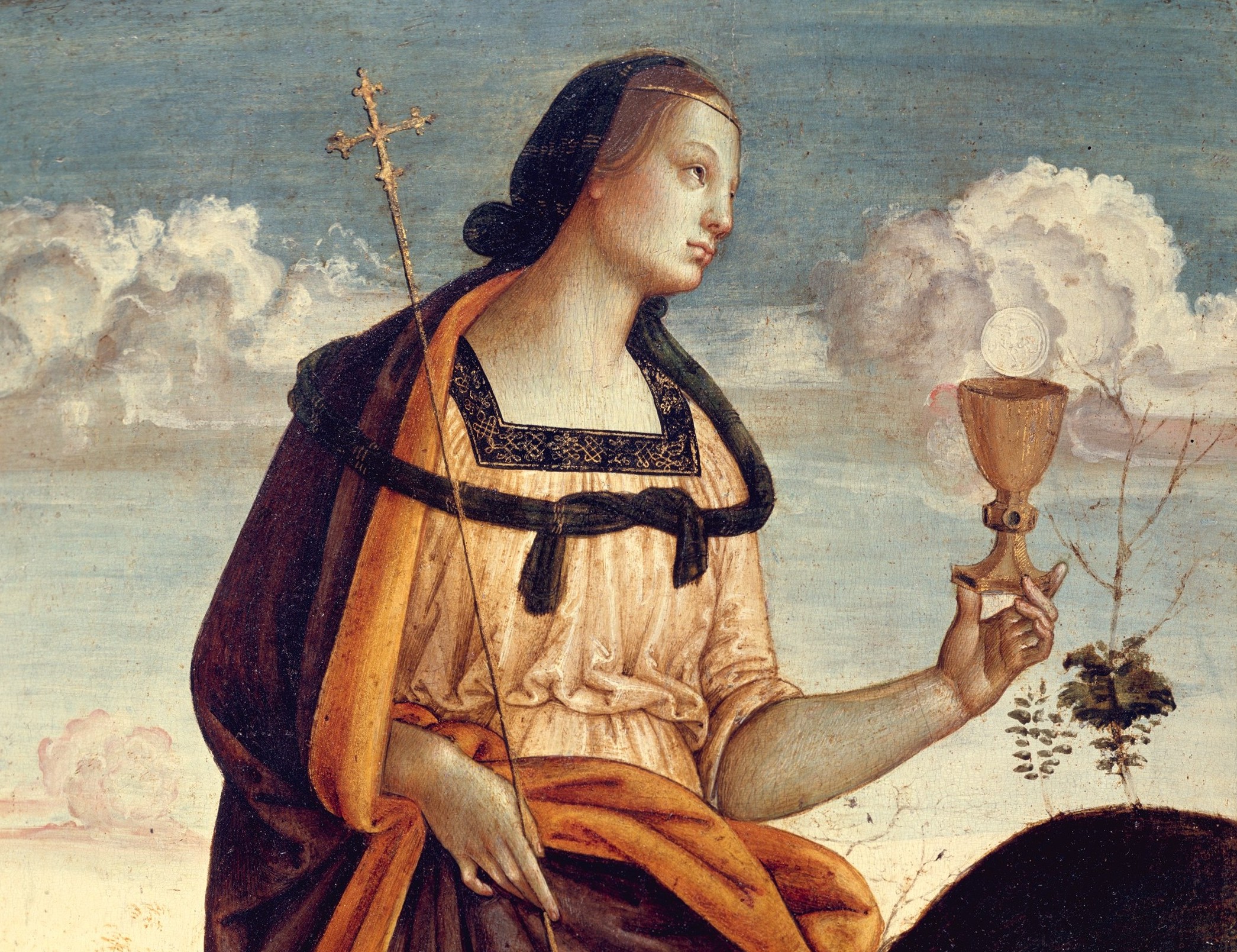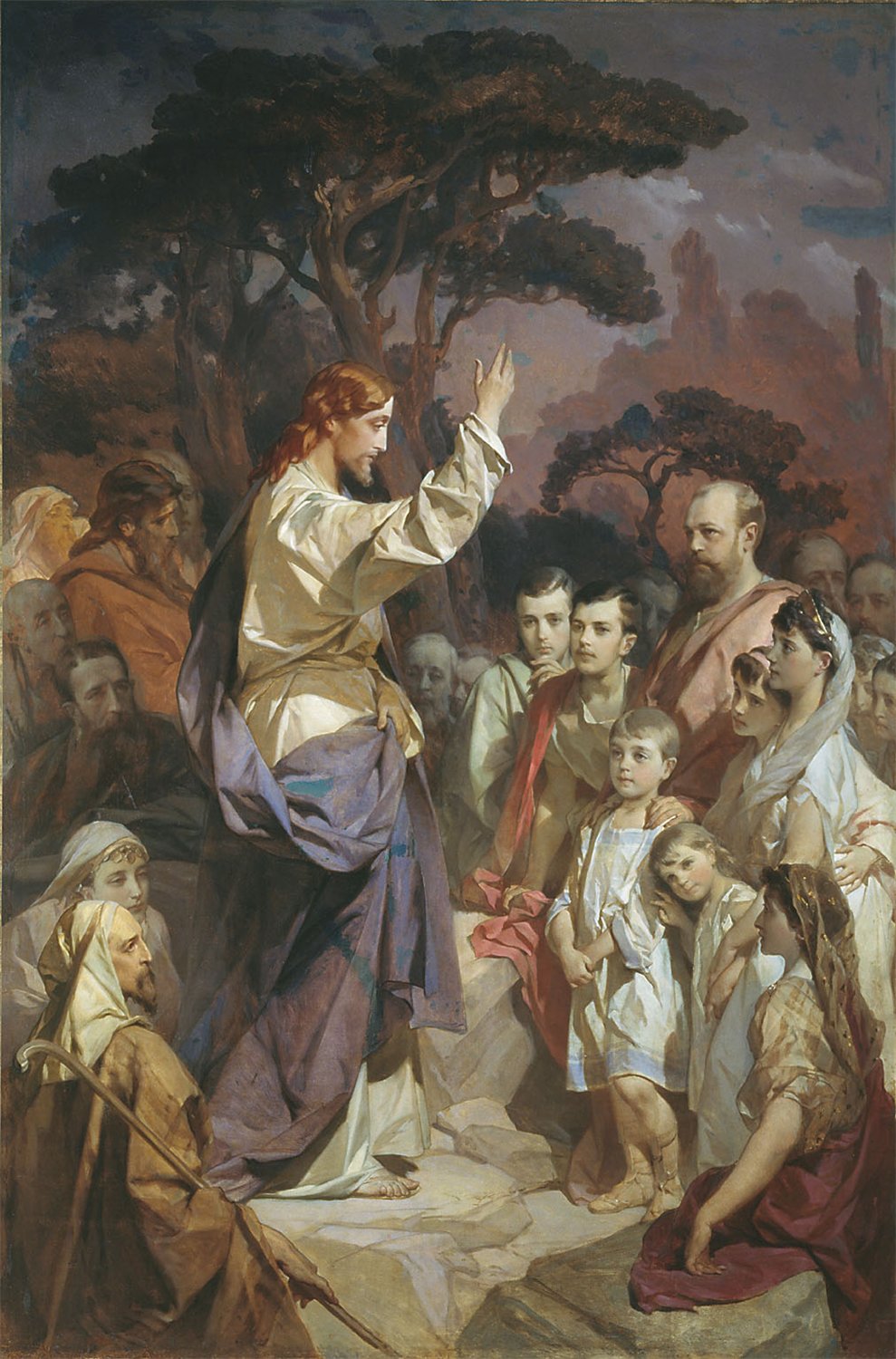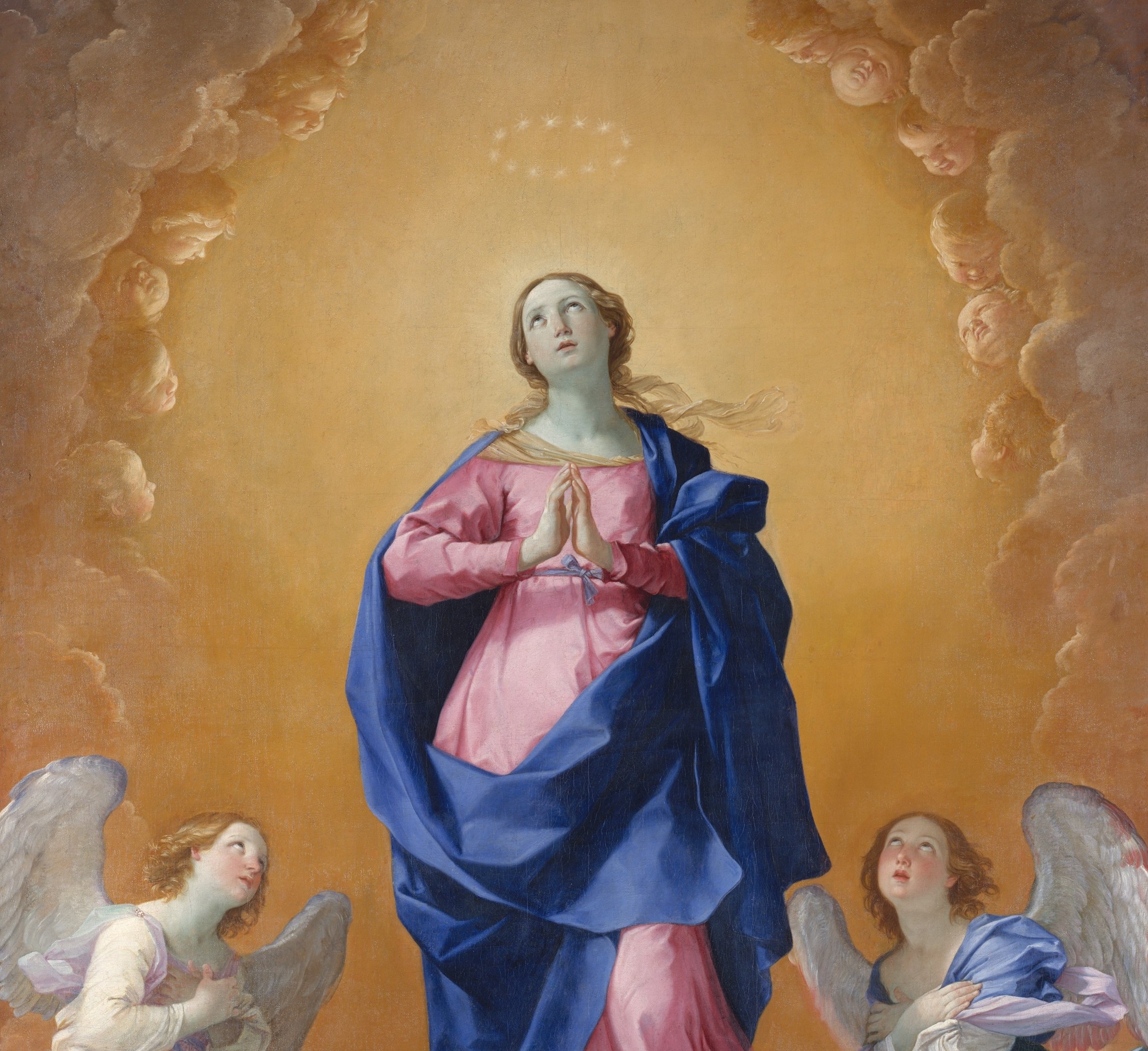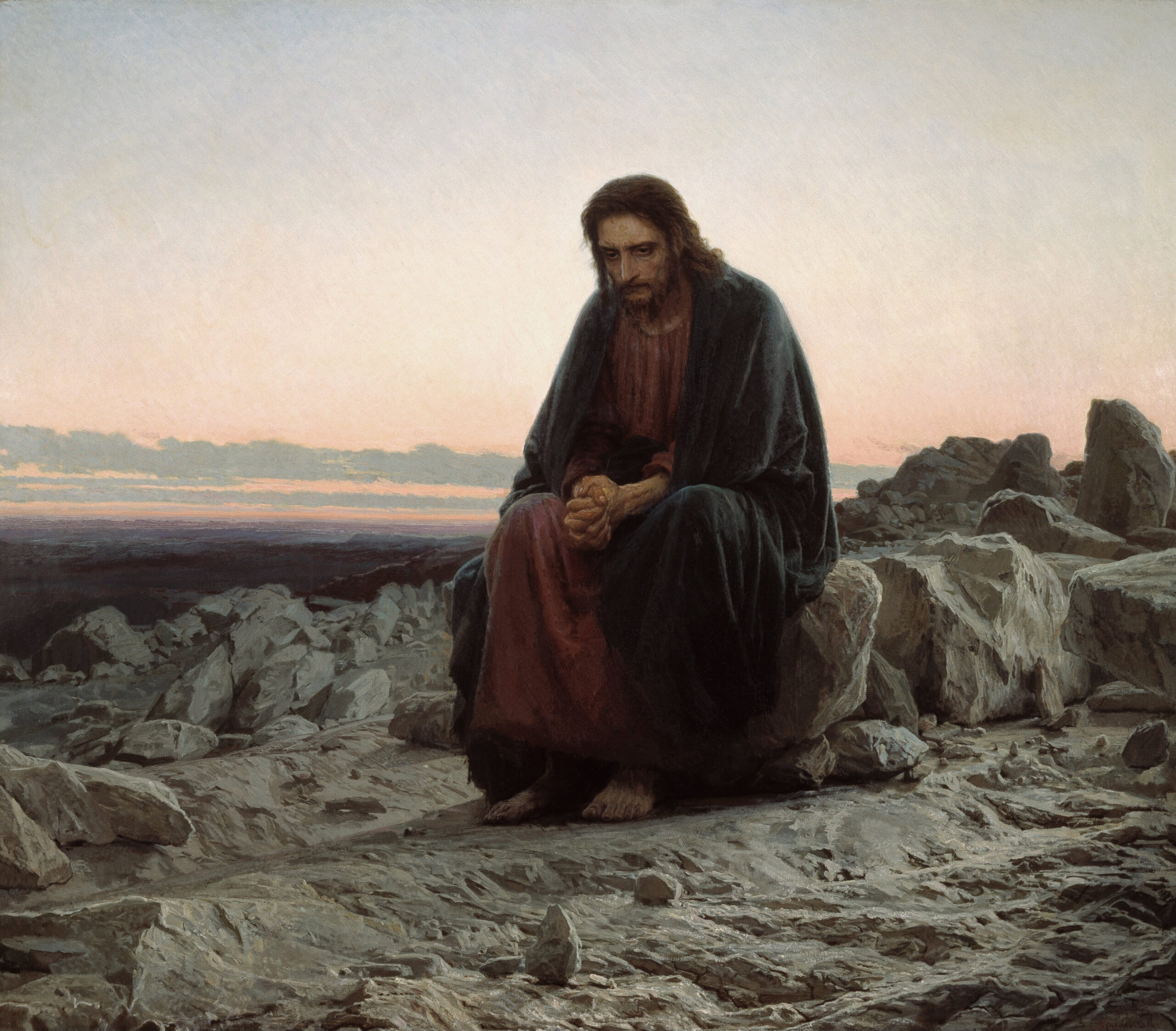Experience the life of Christ through the visions of Blessed Veronica of Milan. Enter into the wedding feast of Cana with this excerpt taken from The Life of Christ Revealed.
Once, while Blessed Veronica was at dinner in her convent’s dining room with the other sisters, her soul was taken up by an angel and brought to Cana in Galilee. There, she beheld a splendidly decorated large upper room, in which stood a magnificent table, laden with fine food of every imaginable kind. Christ and His holy Mother stood there, as well as a beautifully dressed bride and a bridegroom, and many other guests.
Before the banquet commenced, Christ was called up to bless the food, which He did by raising His hands in reverent prayer. The assembled guests all joined Him in the singing of the customary psalm, as is the practice in religious communities to this day.
All the multitude then took their places in seats around the table, with the Savior Himself sitting at the head of the table, and His most Blessed Mother at His right hand. To the left of Jesus sat the bridegroom, while his bride sat in the next place beside the heavenly Virgin. All the other guests sat down in their due order. Veronica herself, together with her companion angel, humbly selected seats for themselves at the very last place of the table, wishing to mingle unobtrusively with the company.
Blessed Veronica relates that the Savior was robed in vestments of superlative splendor, and that His countenance was radiant with serenity, power, and beauty. His Blessed Mother was wearing a magnificent garment of brilliant and spotless white. The bridegroom and bride both wore garments of rich red.
Veronica observed that there were five servants who diligently attended to the table. Two of them were occupied with carrying in the food, while another two divided and served the varied dishes which were taken in. The fifth served as architriclinus, or master-of-the feast. He was engaged primarily in filling and refilling the goblets of the guests with varied fine wines, both red and golden. There were roast and baked meats in abundance, artfully prepared in many styles, as well as conch shells from which varied delicious sauces and condiments were available. Christ Himself was invited to commence the feast with the breaking of the bread, and then all the others followed Him in turn.
After the banquet had continued for quite a long time, the Mother of Jesus spoke to Him, observing that the supplies of wine had been exhausted. Her Son replied to her, saying: “O Woman, what concern is that to Me or to you? For My hour has not yet come.”
But Mary immediately spoke to the servants. “Whatever He tells you to do,” she said, “that you must do!”
Now, there were six large stone water jars present in the room. Jesus said to the servants: “Fill these with water, and then bring them to the master-of-the-feast!” This was done, and when the master-of-the-feast tasted what was in them, that water had become wine. He did not know whence this wine had come, although the other servants knew perfectly well that a miracle had taken place. The master-of-the-feast was astonished at the fine quality of this wine, which he had never experienced before.
He spoke to the bridegroom, saying: “All people serve the best wine first, and, when the guests have become are drunk, then they bring out the inferior wines. But you have saved the very best wine till last!”
Blessed Veronica testifies that the wine created from water was of an intense rich redness, so dark that it was almost purple.
The dishes which formed the main course were then removed, and then wooden dishes, elaborately and ornately carved, were brought in. These contained a variety of light and sweet dainties and confectionaries, which we call “desserts.”
After they had partaken of these, some of the guests then took out musical instruments of various kinds and commenced to play joyfully. The bridegroom took the hand of the bride, and they began to dance, as did many of the other guests. The Savior and His Mother, however, did not dance, but remained sitting in serene dignity. Blessed Veronica attests that this dancing at the wedding feast had nothing disorderly or worldly about it but was rather the manifestation of pure and celestial joys. The face of the Lord, she said, was filled with spiritual delight as He looked on.
Here, the vision of Veronica came to an end, and she returned to her customary senses. But many of her sister nuns asked her to share with them what she had witnessed while in a mystical trance—for, indeed, she was still in the dining room of the convent with all the other nuns while this vision had taken place. Eventually overcome by the insistent requests of her sisters and in obedience to the direction of the Mother-Superior of the convent, Blessed Veronica related to everyone assembled what she had witnessed in her vision. And this filled the whole community with great joy, and this vision of the wedding feast at Cana is frequently retold among the nuns of Blessed Veronica’s convent to this very day.
ooo
This article is taken from a chapter in The Life of Christ Revealed by Blessed Veronica of Milan which is available from TAN Books.


